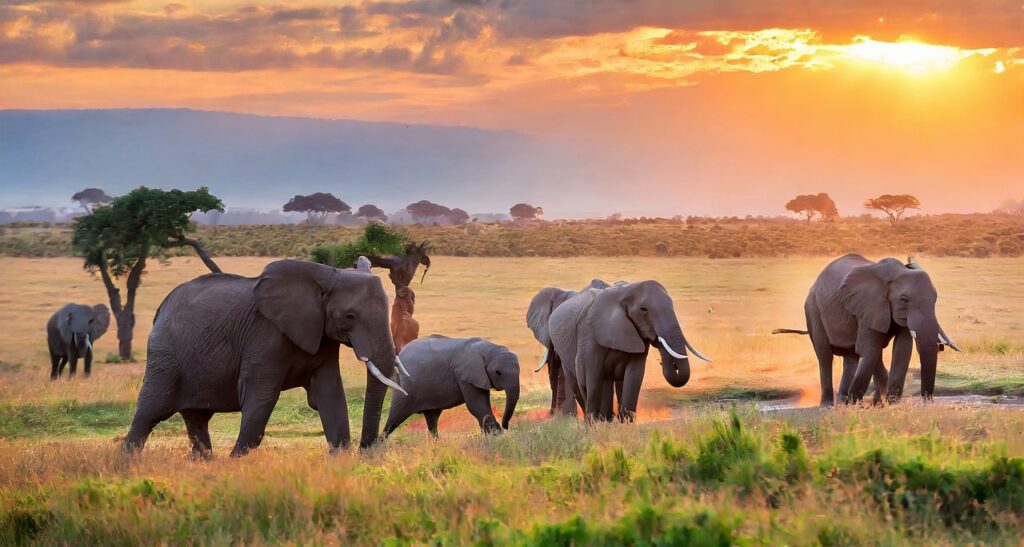Physical Features of the Lower Southeast
Piedmont
The Piedmont region is characterized by its gentle hills and rocky terrain, making it a transition zone between the mountains and the coastal plains. This region is known for its fertile soil, which has led to its reputation as a hub for agriculture. The Piedmont is also home to several rivers and streams, which provide a source of water for the surrounding areas.
Coastal Plain
The Coastal Plain is a flat and lowlying region that stretches along the coast of the Southeast. This area is known for its sandy beaches, marshlands, and coastal wetlands. The Coastal Plain is also home to a variety of wildlife, including birds, fish, and other aquatic species. This region is particularly vulnerable to hurricanes and other natural disasters due to its proximity to the coast.
Appalachian Mountains
While the Lower Southeast region is not typically associated with mountains, a small portion of the Appalachian Mountains extends into this area. The mountains in this region are characterized by their rugged terrain and dense forests. The Appalachian Mountains are a popular destination for outdoor enthusiasts, with hiking, camping, and wildlife viewing opportunities abound.
Rivers and Lakes
The Lower Southeast is home to several major rivers, including the Mississippi River, Tennessee River, and Chattahoochee River. These waterways play a crucial role in the region’s economy, providing transportation, irrigation, and recreation opportunities. The region is also dotted with numerous lakes and reservoirs, offering fishing, boating, and swimming options for residents and visitors alike.
Climate
The Lower Southeast region has a humid subtropical climate, characterized by hot and humid summers and mild winters. This climate is conducive to a variety of crops, including cotton, peanuts, and tobacco. The region also experiences frequent thunderstorms and occasional hurricanes, which can impact agriculture and infrastructure.
Vegetation
The Lower Southeast region is home to a wide variety of plant species, ranging from tall pine trees in the forests to marsh grasses along the coast. The region’s vegetation plays a crucial role in supporting wildlife and maintaining the ecosystem’s balance. Forests cover a significant portion of the area, providing habitat for animals such as deer, bears, and birds.
In conclusion, the Lower Southeast region of the United States is defined by its diverse and captivating geographical features. From the rolling hills of the Piedmont to the sandy beaches of the Coastal Plain, this area offers a wealth of natural beauty and recreational opportunities. Whether you’re interested in hiking in the mountains or relaxing on the beach, the Lower Southeast has something for everyone to enjoy.
